How to choose the test transformer?
![]()
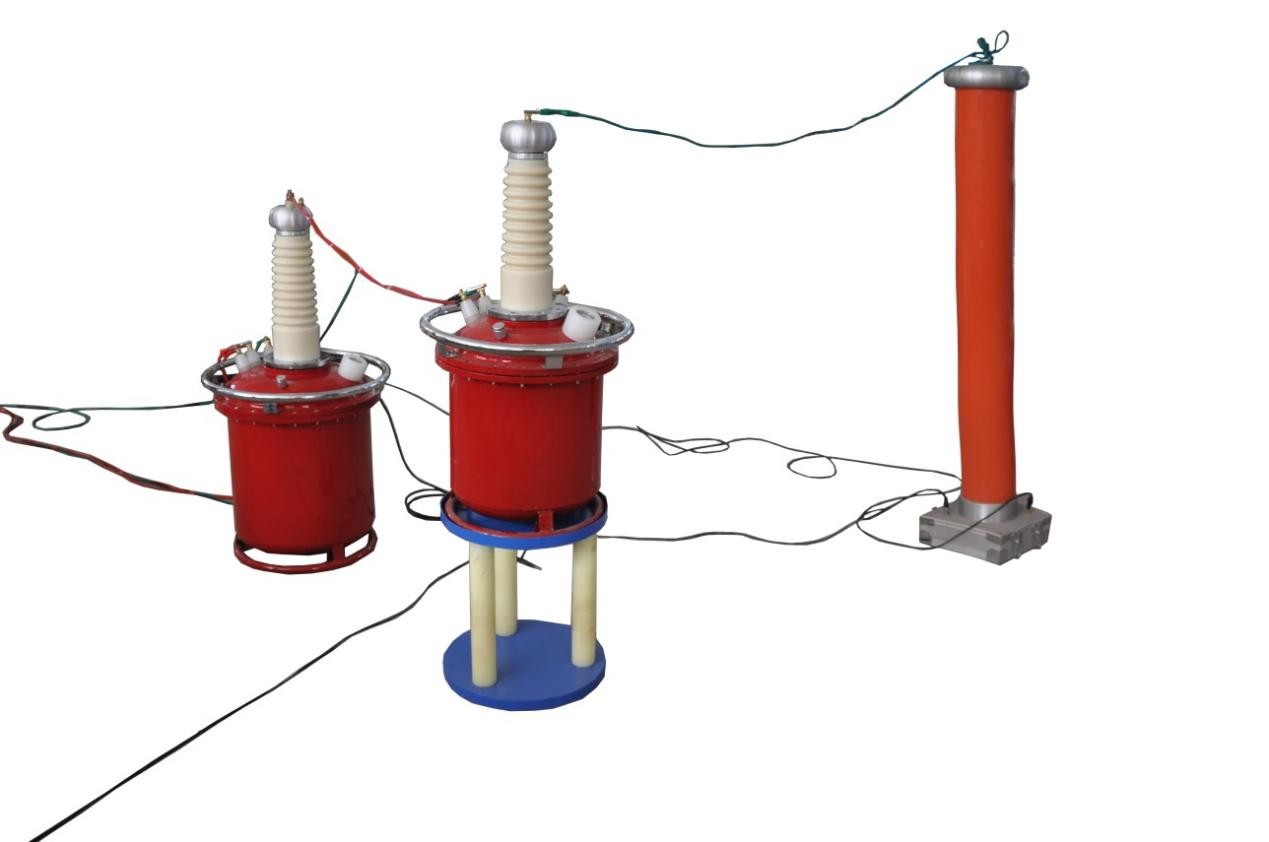
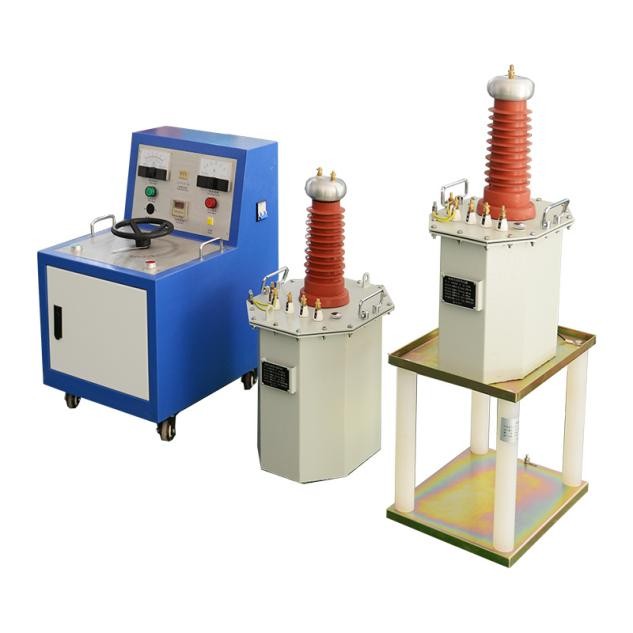
Definition of test transformer:
The test transformer, also known as booster and high-voltage test transformer, is a basic test equipment for a wide range of users such as power stations, power supply and distribution systems, and scientific research units. It is used to conduct insulation strength tests on various electrical products, electrical equipment, insulating materials, etc. at specified voltages, assess the insulation level of the products, discover insulation defects of the tested products, and measure the ability to withstand over-voltage.
The series of dry-type test transformers produced by our company have completely changed the backward situation of the old-fashioned test transformers being too large and too heavy. After being equipped with the high-voltage silicon stack produced by DEMIKS, it can provide DC high-voltage test power supply, equipped with control boxes (console), automatic protection micro-ammeters, ball gaps and other auxiliary equipment, which are particularly suitable for on-site testing, making heavy work convenient, quick, easy and flexible, and greatly improving efficiency. Therefore, it is very popular among high-voltage test personnel in power systems and large factories and mines.
Product alias: high-voltage test transformer, power high-voltage test transformer, ultra-light high-voltage test transformer, cascade high-voltage test transformer, AC/DC high-voltage generator, high-voltage booster, high-voltage withstand voltage machine, high-voltage withstand voltage instrument, dry-type test transformer
When selecting a test transformer, the following points should be considered:
Voltage level: Determine its capacity according to the output rated current and rated voltage of the test transformer. The voltage levels of test transformers in my country are 5, 10, 25, 35, 50, 100, 150, 300kV and other levels. According to the requirements of the test product, first select a test transformer with a suitable voltage so that the rated voltage Un of the high-voltage side of the test transformer is higher than the test voltage Us of the test product, that is, Un>Us. Secondly, check whether the low-voltage side voltage required by the test transformer can match the on-site power supply voltage and voltage regulator.
Capacity: The capacity of the test transformer should be determined according to the capacity of the test product, and the capacity levels are: 3, 5, 10, 25, 50, 100, 150, 200kVA, etc. It is generally believed that the capacity of the test transformer is 5‰ of the capacity of the test product. For example, for a 10kV, 1000kVA transformer, the capacities current during charging is about 80~110mA during the 30~35kV test, so a 5kVA test transformer can meet the requirements. According to the rated current and rated voltage output by the test transformer, the capacity of the test transformer can be determined, that is, P=UnIn.
Performance requirements: For high-voltage DC test transformers, low noise, no oil gap, small size, light weight, good insulation performance and good heat dissipation effect are required.
At present, the quality of test transformers in the market is mainly determined by silicon iron sheets, high-voltage bushings, insulation materials, manufacturing processes, and electrical components of the control part. Among them, the quality of silicon iron sheets, high-voltage bushings, insulation materials, and electrical components is the most important. High-silicon non-oriented silicon iron sheets are the best for silicon iron sheets, and high-voltage bushings, nylon, epoxy resin and silicone rubber, with silicone rubber material having the best quality.
Methods to distinguish the quality of test transformers:
Appearance inspection: Observe whether the surface of the transformer is smooth and has no obvious marks to ensure that there is no damage or rust during transportation and placement.
Check the terminals: Check whether the identification marks on the terminals at both ends of the transformer are clearly visible to ensure the correctness of the connection.
Check the packaging: Check whether the external packaging material of the transformer is intact and whether the marking content is correct to ensure that the source and specification information of the transformer are accurate.
Power-on test: Before the power-on test, confirm that the power supply voltage is 220V. If a single-phase motor is used, it is recommended to disconnect the power supply before testing to ensure safety.
Application scenarios and maintenance recommendations for test transformers:
Application scenarios:
Test transformers are widely used in power plants, power supply bureaus and scientific research institutions, etc., for various electrical products, electrical components, insulation materials, etc. to perform insulation strength tests under specified voltages, assess the insulation level of products, discover insulation defects of the test products, and measure the ability of over-voltage.
Maintenance:
Place the transformer in a dry place and wrap it with soft cloth to prevent damage caused by moisture.
Technical Parameters
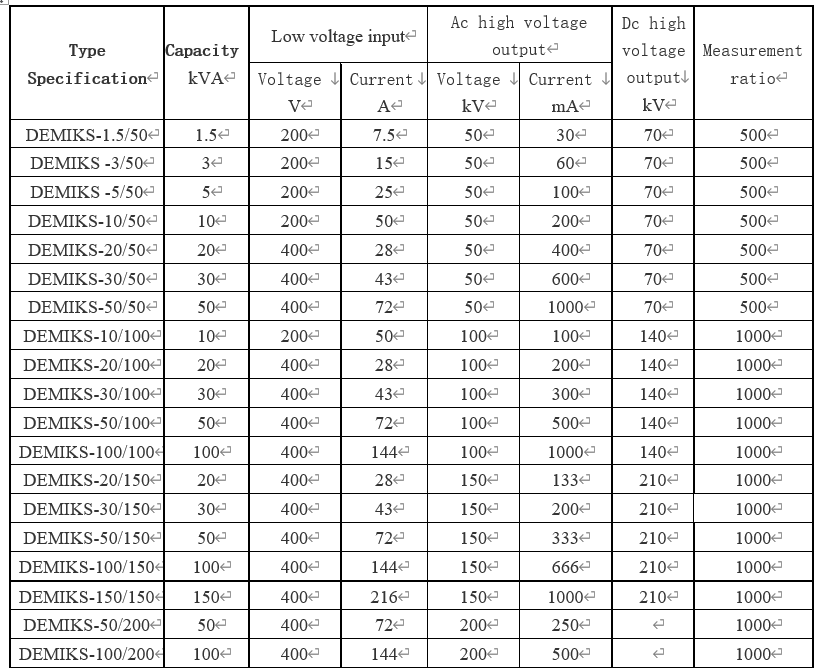

The above content by demiks finishing released, reproduced please specify, demiks is a substation equipment manufacturers, specializing in the production of partial discharge tester, transformer test equipment, circuit breaker test equipment, relay tester, SF6 gas analyser, cable fault tester and other products, such as electric power testing and inspection needs please feel free to contact demiks power science and technology limited company or send an email! to us: contact@demikspower.com
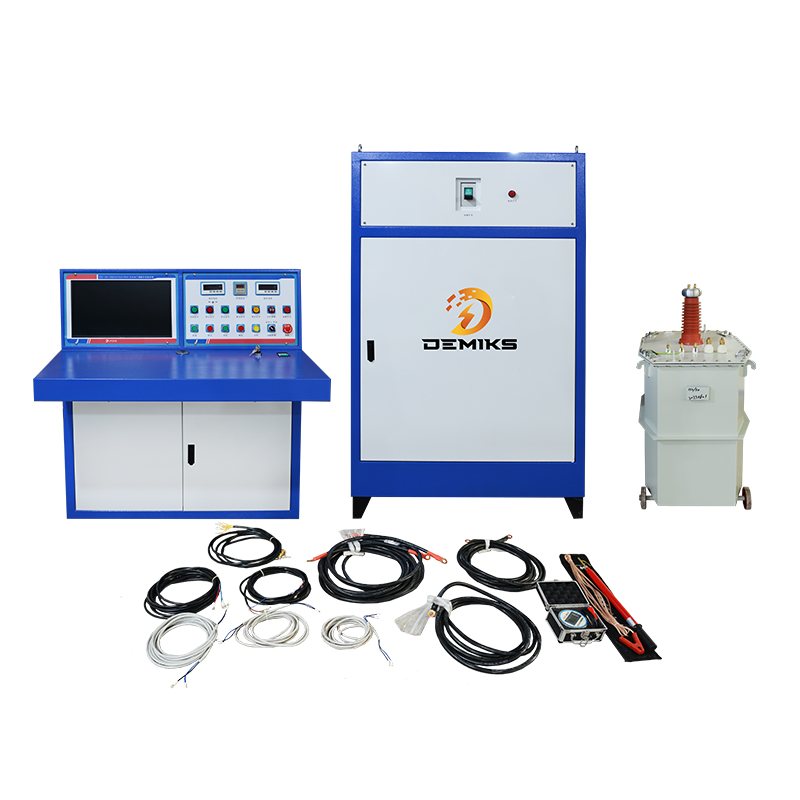 Relay Protection Testing and Commissioning Gu
Relay Protection Testing and Commissioning Gu
 how to test microwave transformer
how to test microwave transformer
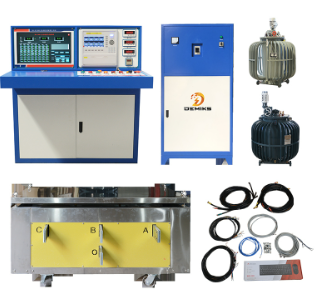 how to reset circuit breaker with test button
how to reset circuit breaker with test button
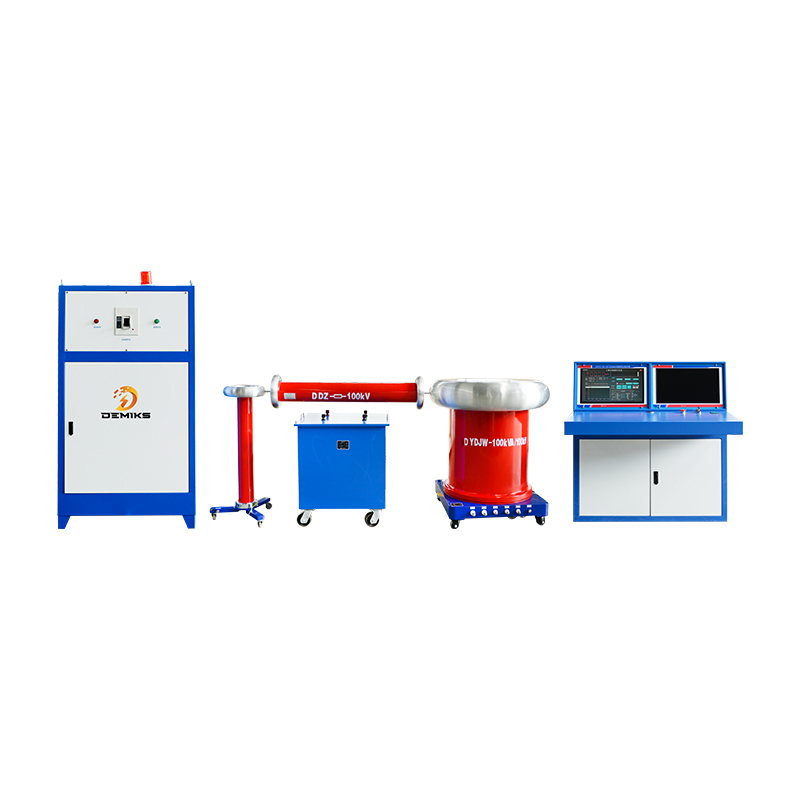 high voltage cable testing standards
high voltage cable testing standards




